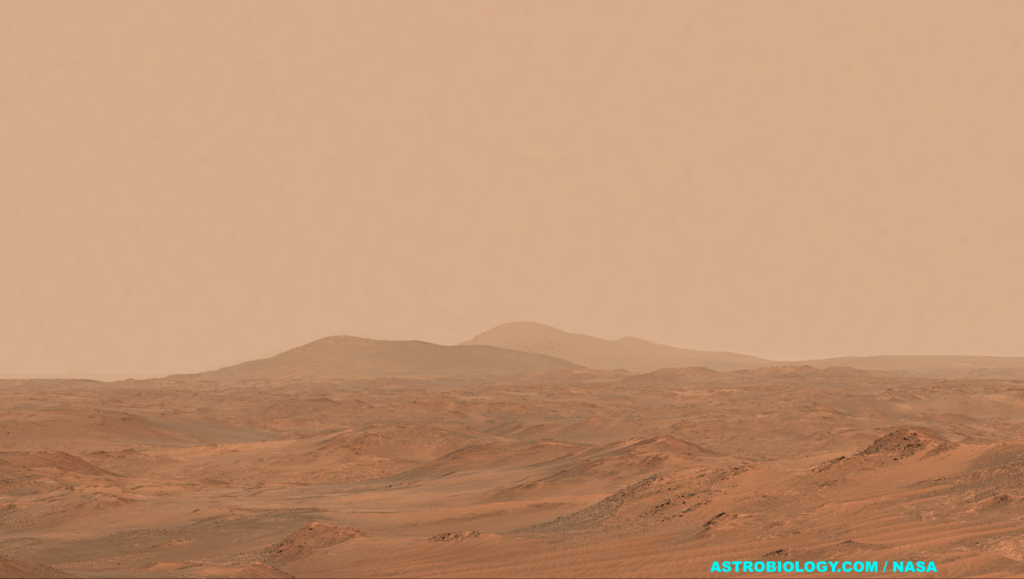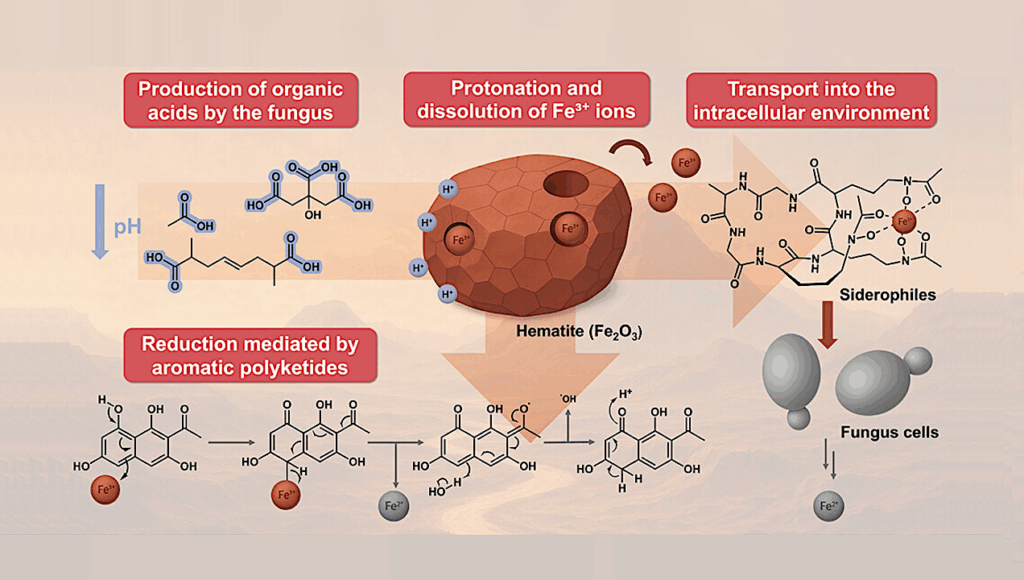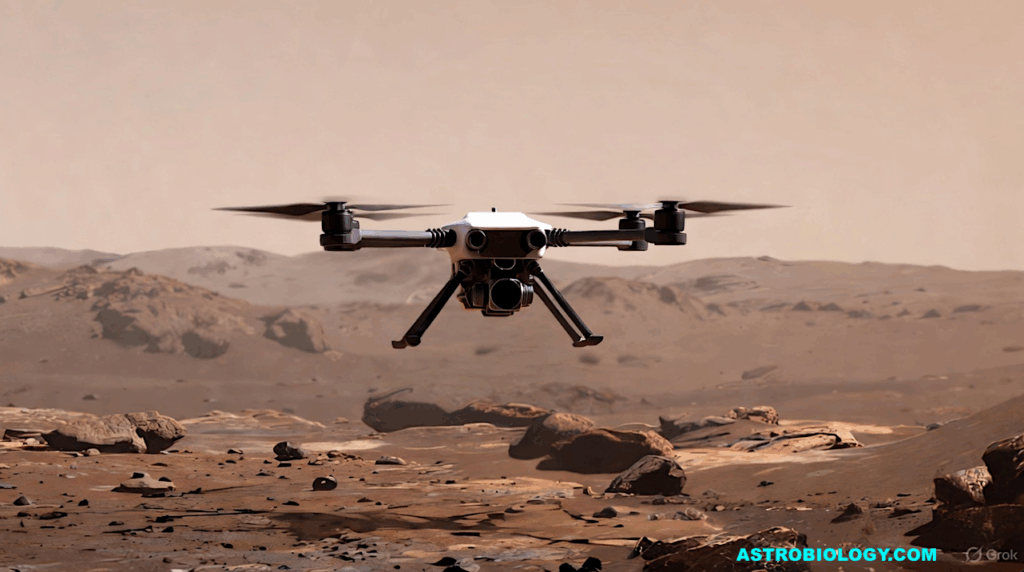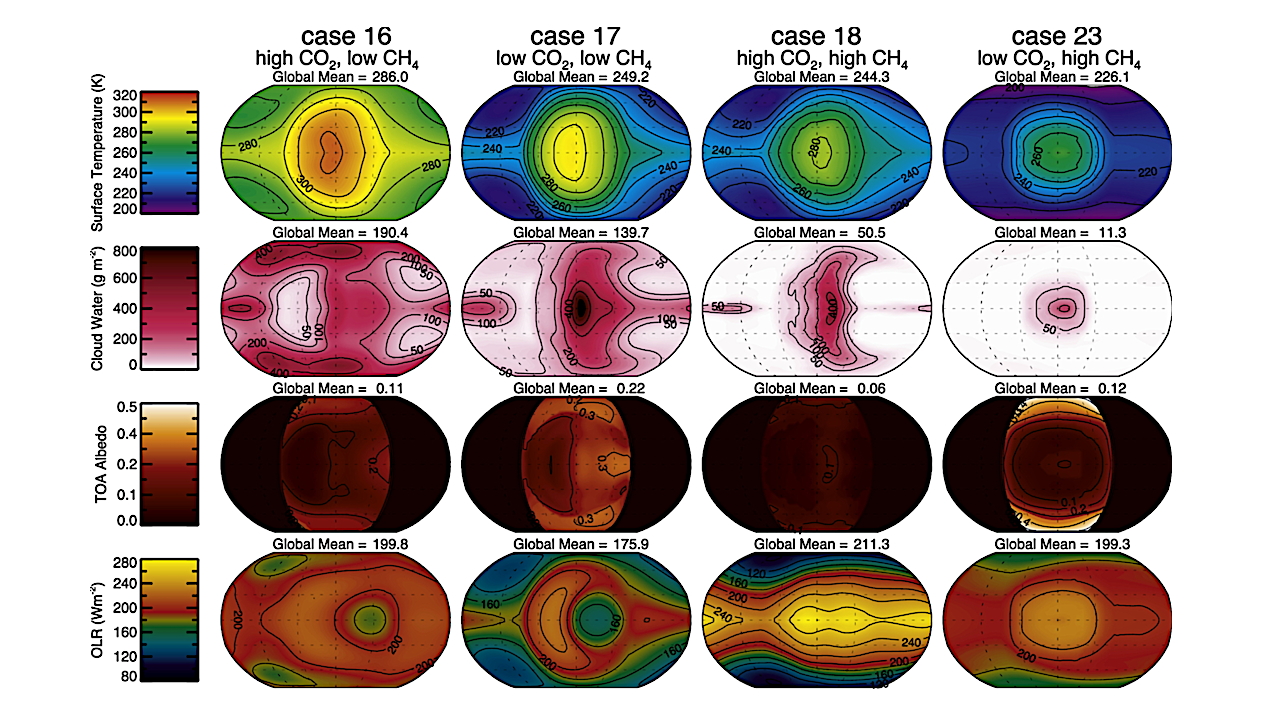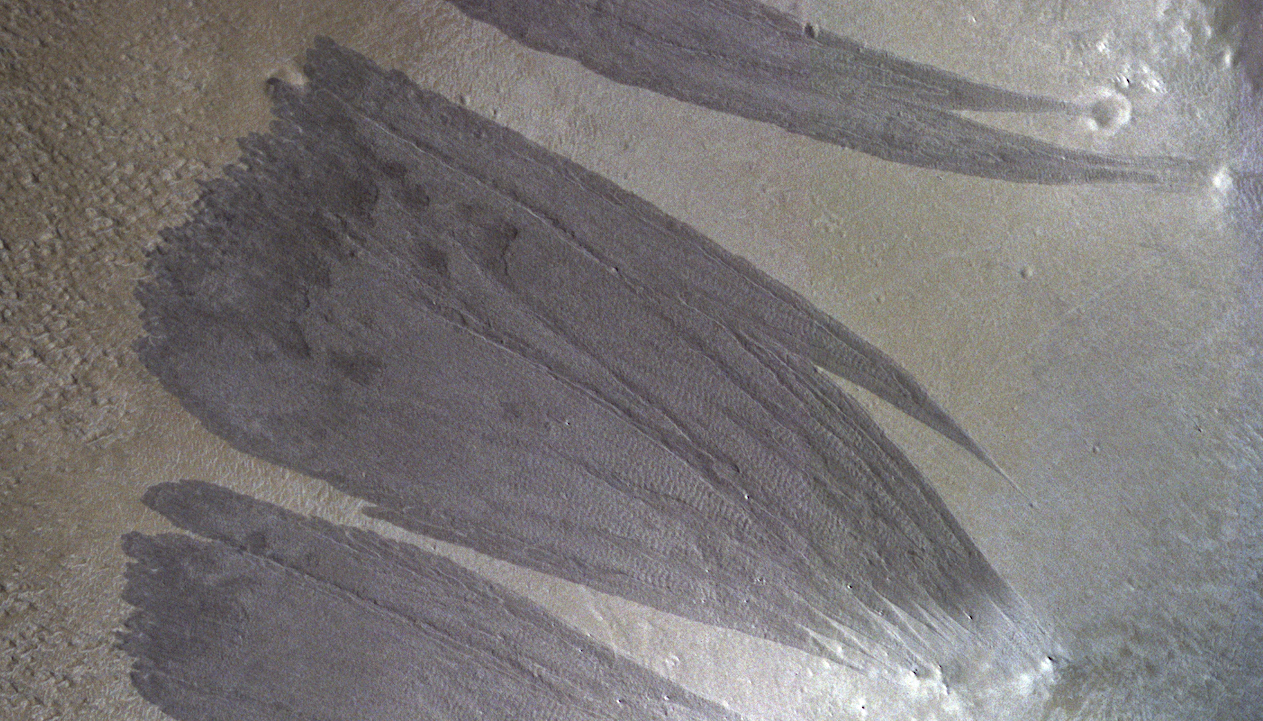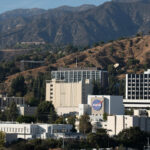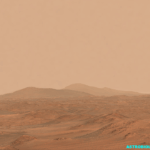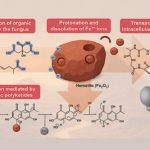Now Reading: A Systematic North-South Asymmetry In The Steady-state Climate Of Rapidly-rotating Oblique Water Worlds
-
01
A Systematic North-South Asymmetry In The Steady-state Climate Of Rapidly-rotating Oblique Water Worlds
A Systematic North-South Asymmetry In The Steady-state Climate Of Rapidly-rotating Oblique Water Worlds
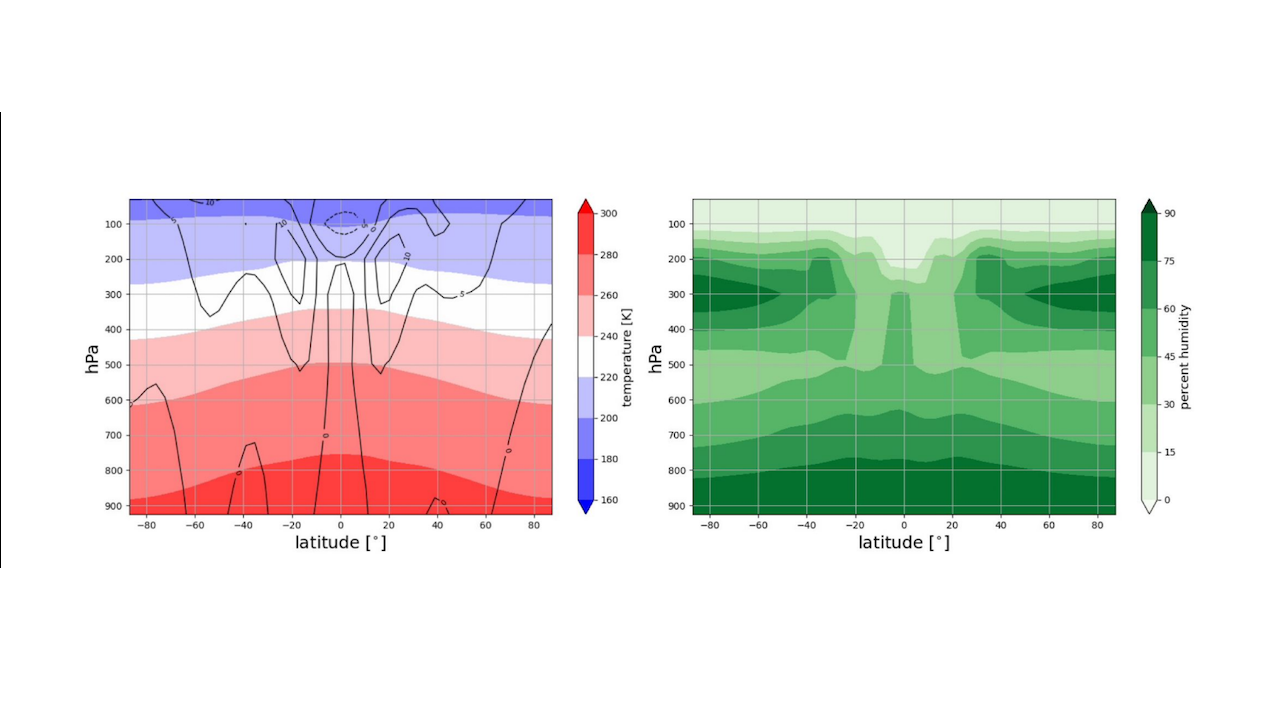

Zonal-average pressure-latitude for the climate of water-Earth with 23.4◦ obliquity. Latitude 0◦ is at the equator with positive values for the Northern Hemisphere. These are the time-average results from the last three years of the model simulation. Left panel: Color-map gives the average temperature, overplotted with zonal wind velocity contour lines (m s−1 ). Dashed lines indicates easterlies whereas solid lines represents westerlies. Right panel: Color-map of the relative humidity. — astro-ph.EP
Planetary obliquity (axial tilt) plays an important role in regulating the climate evolution and habitability of water-covered planets.
Despite the suspicion of large obliquities in several exoplanetary systems, this phenomenon remains hard to observe directly. We aimed to study the effect of mass, obliquity, and rotation on the steady state climate of water-covered planets.
We simulated the climate evolution of such planets with varying obliquities, rotational speed, and mass using a general circulation model (GCM) of intermediate complexity, assuming aqua-planet configurations.
High obliquity supports an asymmetry between the equilibrium climatological conditions in the northern and southern hemispheres. The polar temperature ratio deviates further from unity with increasing obliquity and rotation rate. Cloud coverage patterns also shift with obliquity, displaying distinct latitudinal bands and increased cloudiness in the warmer hemisphere.
The climate of habitable-zone aqua-planets turns out to be sensitive to changes in obliquity and rotation rate, but are independent of planet mass. Our results highlight the importance of considering these factors when assessing the surface conditions of exoplanets. As a consequence, surface condition asymmetries in water-world exo-planets can be used to infer the planet’s obliquity and rotation rate.
![Mass and radius for a number of potentially habitable ocean worlds. The bullet points show identified ocean worlds: listed from bottom to top: HD 11505b, WASP 35, TOI 157, TOI 1452b, KELT 10b, HD 80883b, HD 221585b, HIP 67537b, K2-18b, Kepler 1980b, HD 50499b, Kepler 1766b, HD 50499c. The green curve gives the mass-radius relation for planets with a water content of > ∼ 30 % (by mass) from [40]. The arrows (and black crosses [right-most one is white]) give the simulation atmosphere models. — astro-ph.EP” class=”wp-image-34730″ srcset=”https://astrobiology.com/wp-content/uploads/2025/10/A-Systematic-North-South-Asymmetry.png 1000w, https://astrobiology.com/wp-content/uploads/2025/10/A-Systematic-North-South-Asymmetry-300×247.png 300w, https://astrobiology.com/wp-content/uploads/2025/10/A-Systematic-North-South-Asymmetry-768×632.png 768w” sizes=”(max-width: 1000px) 100vw, 1000px”><figcaption class=](https://astrobiology.com/wp-content/uploads/2025/10/A-Systematic-North-South-Asymmetry.png) Mass and radius for a number of potentially habitable ocean worlds. The bullet points show identified ocean worlds: listed from bottom to top: HD 11505b, WASP 35, TOI 157, TOI 1452b, KELT 10b, HD 80883b, HD 221585b, HIP 67537b, K2-18b, Kepler 1980b, HD 50499b, Kepler 1766b, HD 50499c. The green curve gives the mass-radius relation for planets with a water content of > ∼ 30 % (by mass) from [40]. The arrows (and black crosses [right-most one is white]) give the simulation atmosphere models. — astro-ph.EP
Mass and radius for a number of potentially habitable ocean worlds. The bullet points show identified ocean worlds: listed from bottom to top: HD 11505b, WASP 35, TOI 157, TOI 1452b, KELT 10b, HD 80883b, HD 221585b, HIP 67537b, K2-18b, Kepler 1980b, HD 50499b, Kepler 1766b, HD 50499c. The green curve gives the mass-radius relation for planets with a water content of > ∼ 30 % (by mass) from [40]. The arrows (and black crosses [right-most one is white]) give the simulation atmosphere models. — astro-ph.EPY Wu, S. Portegies Zwart, H Dijkstra
Comments: Accepted for publication in New Astronomy
Subjects: Earth and Planetary Astrophysics (astro-ph.EP)
Cite as: arXiv:2510.11904 [astro-ph.EP] (or arXiv:2510.11904v1 [astro-ph.EP] for this version)
https://doi.org/10.48550/arXiv.2510.11904
Focus to learn more
Submission history
From: Simon Portegies Zwart
[v1] Mon, 13 Oct 2025 20:13:43 UTC (1,026 KB)
https://arxiv.org/abs/2510.11904
Astrobiology,
Stay Informed With the Latest & Most Important News
Previous Post
Next Post
-
 01From Polymerization-Enabled Folding and Assembly to Chemical Evolution: Key Processes for Emergence of Functional Polymers in the Origin of Life
01From Polymerization-Enabled Folding and Assembly to Chemical Evolution: Key Processes for Emergence of Functional Polymers in the Origin of Life -
 02Panasonic Leica Summilux DG 15mm f/1.7 ASPH review
02Panasonic Leica Summilux DG 15mm f/1.7 ASPH review -
 03How New NASA, India Earth Satellite NISAR Will See Earth
03How New NASA, India Earth Satellite NISAR Will See Earth -
 04And Thus Begins A New Year For Life On Earth
04And Thus Begins A New Year For Life On Earth -
 05Astronomy Activation Ambassadors: A New Era
05Astronomy Activation Ambassadors: A New Era -
06SpaceX launch surge helps set new global launch record in 2024
-
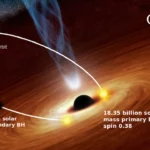 07Two Black Holes Observed Circling Each Other for the First Time
07Two Black Holes Observed Circling Each Other for the First Time













